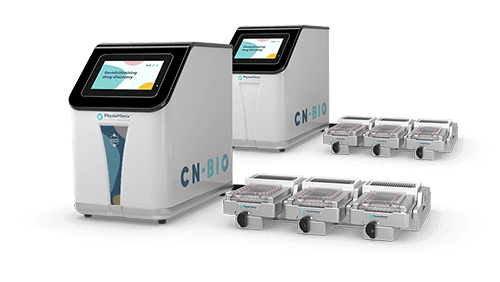Event > Conference >
ISSX International Meeting 2025
ISSX 2025 14th International Meeting provides an opportunity to interact with international researchers and other scientists, who are interested in gaining a deeper understanding of drug metabolism and pharmacokinetics. It is taking place at the heart of Downtown Chicago (Hilton), from the 21st-24th September, 2025.
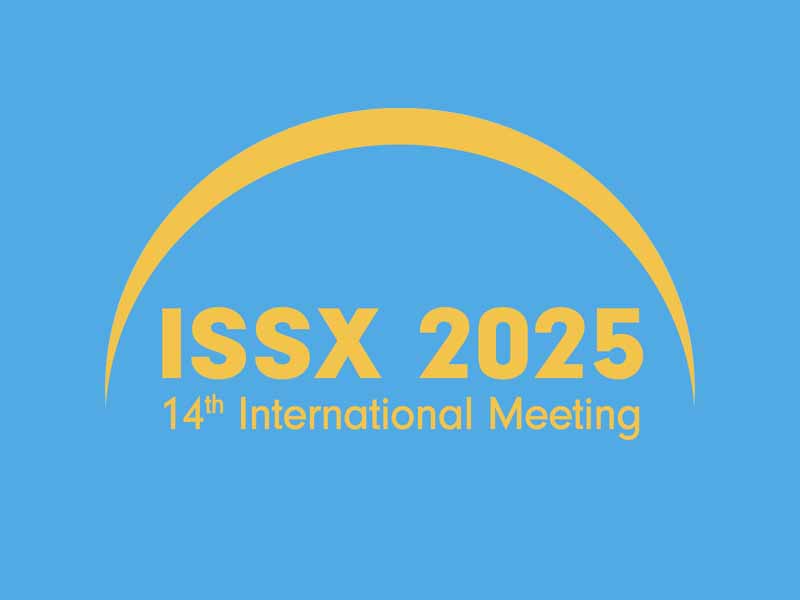
Visit us at ISSX – Stand #608
We’re excited to showcase our PhysioMimix® Organ-on-a-chip portfolio, with ready-to use instruments, all-in-one kits, validated protocols, and consumables, we have the tools to elevate your ADME workflow.
Speak to our dedicated team and discover how our solutions help you generate human-relevant, mechanistic data to improve your in vitro to in vivo extrapolation (IVIVE), inform cost-effective in vivo study design, reduce reliance on animal testing, and highlight risks long before first-in-human trials.
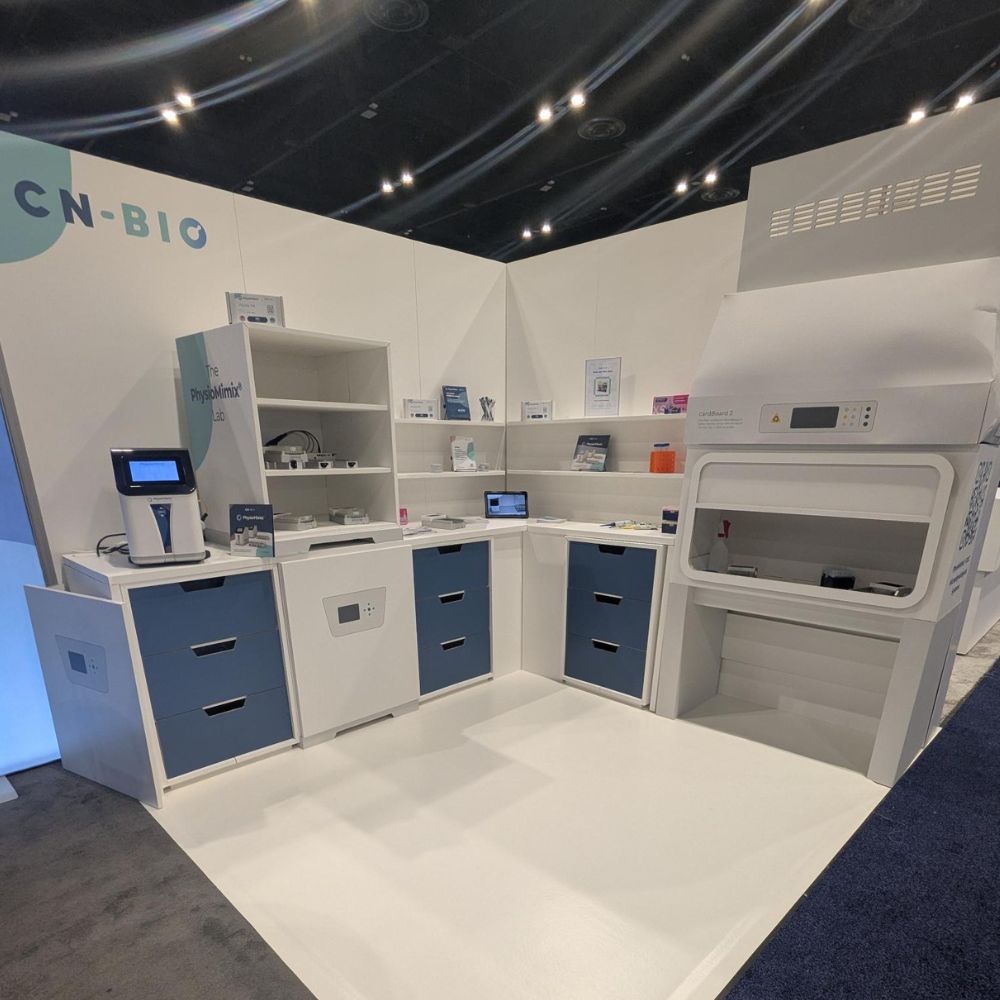
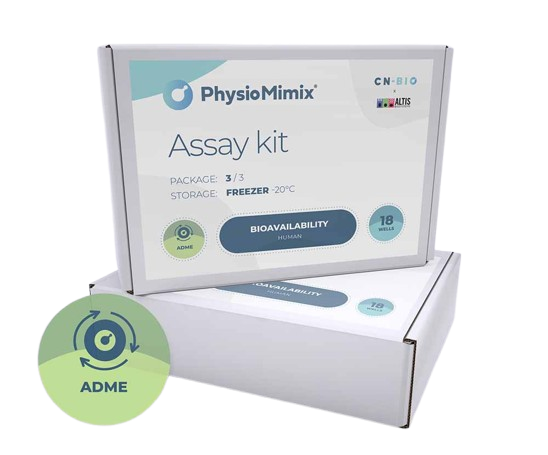
What’s new?
Head to our stand to learn all about our new Contract Research Service launch.
Learn more about the PhysioMimix® Single-organ Higher Throughput (HT) System and the Multi-chip Liver-48 plate, as well as Bioavailability assay kit: Human 18, and our latest ADME publication.
Visit our poster presentation:
Title: Predicting human oral bioavailability in vitro: a combined primary human Gut/Liver MPS and mechanistic modelling approach
Date: 22 September, 2025, Monday
Time: 14:15 (02:15 PM) – 1500 (03:00 PM)
Session: 1 (Posters P1-P45)
Poster No: P2
Presenter: Dr. Yassen Abbas
Head over to our presentation:
Title: Transforming Drug Development: How MPS Improve ADME Predictions
Date: 24 September, 2025, Wednesday
Time: 10:10 – 10:20 AM
Location: Presentation Area
Presenter: Dr. Yassen Abbas
Meet the team at ISSX
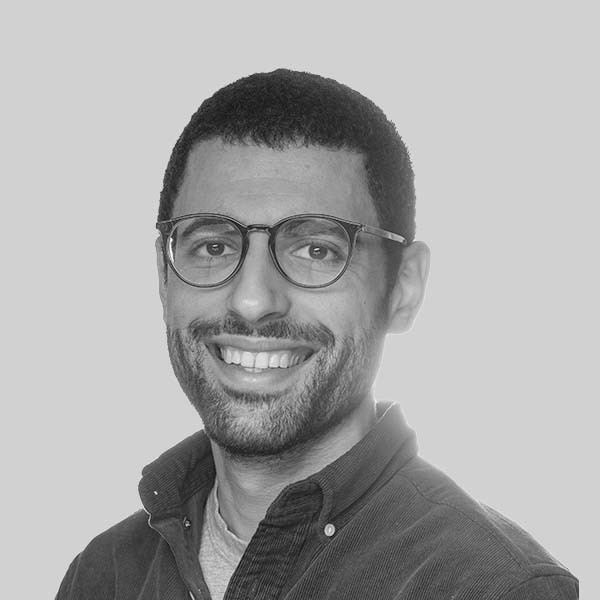
Yassen
Dr. Yassen Abbas is a Lead Scientist at CN Bio. He completed an MEng in chemical engineering at The University of Edinburgh and joined the European Space Agency as a graduate engineer. He later received a PhD from the University of Cambridge and completed a postdoc fellowship, also at Cambridge on the development of a tissue engineered model of the human endometrium. He has experience with real-time sensor technology, organoids and development of in vitro tissue models using human primary cells. Dr Abbas has published five peer-reviewed scientific articles, four as first author.

Joe
Joe Parisi is a Commercial Leader with 14 years’ experience in the life science sector. Joe joined CN Bio as the Americas Director of Sales in December 2023. He comes to CN Bio with valuable startup experience most recently at IsoPlexis and Purigen Biosystems, where he was responsible for building commercial opportunities across the US West. He was previously Sales Director at PhenomeX (now Bruker Cellular Analysis), where he managed the proteomics team in the US West focusing on capital equipment sales for single-cell functional analysis. Joe graduated from the University of Illinois Champaign-Urbana with a BSc in Molecular and Cellular Biology.

Tomasz
With more than 15 years of experience in molecular and cellular biology, Dr. Kostrzewski joined CN Bio in 2015. He was promoted to Director of Biology in 2018, with responsibility of biological model development and collaborative research projects with academia, pharma, and regulators. In 2021 he became the VP of Science and Technology and subsequently in 2023, he was appointed the Chief Scientific Officer, overseeing all technical activities, including the development of new products, technologies, and assays, as well as Contract Research Services.
Dr. Kostrzewski has successfully led numerous grant-funded collaborative projects at CN Bio and currently serves as the project lead for a high-profile partnership between CN Bio and the FDA. Over the past five years, he has published more than a dozen peer-reviewed scientific publications and has filed multiple patent applications.

Anthony
Dr. Anthony Berger is CN Bio’s US-based Field Application Scientist, providing support for the PhysioMimix® Organ-on-Chip benchtop platform. Anthony has an extensive research background in 3D cell culture, biomaterials, and microfluidics, focusing on how the microenvironment influences cellular decision-making. He is a proponent of complex 3D in vitro models and desires to decrease the barrier to entry of these technologies. Anthony received his BS from Indiana University (US), PhD from the University of Wisconsin (US), and completed a postdoctoral fellowship at Temple University (US).


